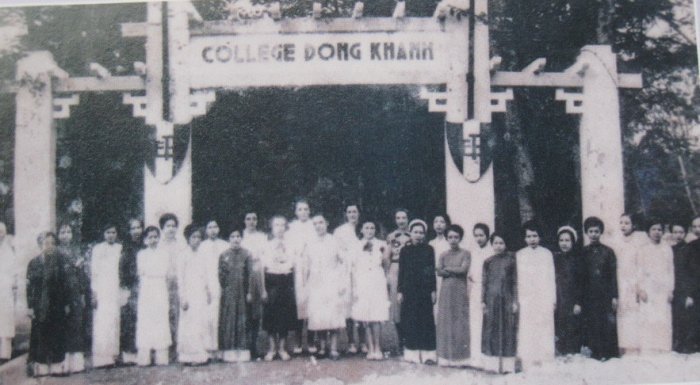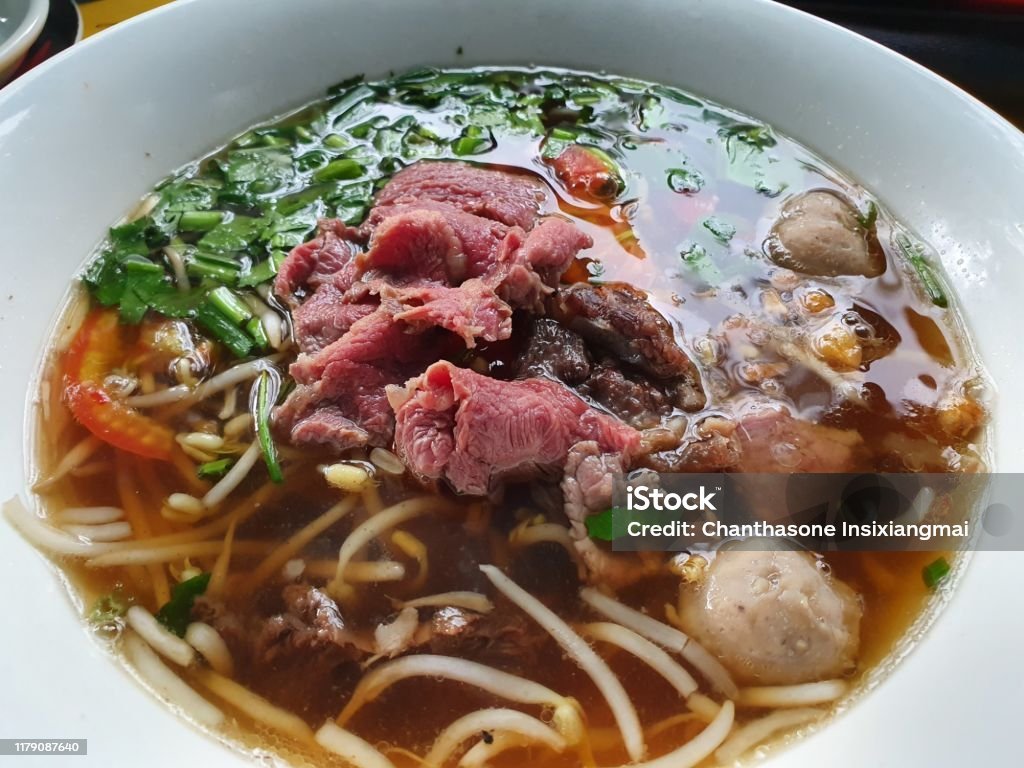
Hai Bà Trưng High School, formerly known as Đồng Khánh School, stands as a testament to the enduring cultural and educational heritage of Huế City, Vietnam. With a history spanning over a century, the school has played a pivotal role in shaping generations of talented and virtuous Vietnamese women, serving as a beacon of progress and elegance in the heart of Huế.

A Glorious History of Hai Bà Trưng High School
Established during the French colonial period, the school was initially named Đồng Khánh School, after the emperor Đồng Khánh. It was later renamed Hai Bà Trưng High School to honor the legendary sisters, Hai Bà Trưng, who are celebrated for their heroic resistance against foreign domination in the early first century.
The school was founded in the early 20th century as part of a broader initiative to modernize education in Vietnam. While Huế’s Quốc Học aimed to educate elite scholars and future officials, Đồng Khánh was envisioned as a specialized institution for girls, focusing on preserving Vietnamese women’s virtues while equipping them with modern knowledge and skills.

The Founding of Đồng Khánh School
The origins of Đồng Khánh School can be traced back to July 15, 1917, when the cornerstone for the school was laid during a ceremony attended by Emperor Khải Định, the Governor-General of Indochina Albert Sarraut, and many other notable officials. The ceremony included the placement of a metal box containing Khải Định coins and written records of the event, symbolizing the historical importance of the school. This grand event was documented in the Bulletin des Amis du Vieux Hué, highlighting the school’s significance as the first and only girls’ school in Central Vietnam at the time.
The school officially opened in 1920, initially offering primary education and later expanding to include secondary education up to the ninth grade. It became a center for educating the daughters of noble families, civil servants, and the aristocracy. Over time, it began accepting students from middle-class and poorer backgrounds, provided they demonstrated academic excellence.



Architectural and Educational Development
The new campus, located near the Perfume River, reflected a blend of French colonial and traditional Vietnamese architectural styles. The school featured two main wings on the east and west sides, a courtyard, a library, science laboratories, a health clinic, and rooms dedicated to domestic sciences such as sewing, cooking, and child care. The dormitories for boarders, recreational areas, and the iconic pink-hued walls added to the charm of the campus.
Đồng Khánh School’s curriculum was diverse, including core academic subjects, physical education, and vocational training. Special emphasis was placed on teaching virtues of “Công, Dung, Ngôn, Hạnh” (Work, Appearance, Speech, Morality), fostering the image of educated and graceful Vietnamese women. Students were also taught etiquette, cultural refinement, and practical skills such as embroidery, baking, and household management, making the school a model for girls’ education across the country.



A Symbol of Elegance and Empowerment
Mention of Đồng Khánh School evokes images of noble young women, renowned for their elegance and poise, stepping beyond the confines of traditional Confucian values to embrace Western ideals. While rooted in Vietnamese traditions, the school’s focus on modern education enabled its students to become prominent figures in society, from exemplary mothers and wives to influential professionals and community leaders.
The school’s distinct uniform evolved over time, beginning with purple áo dài, earning it the nickname “Trường Áo Tím” (School of Purple Dresses). Later, the uniform was changed to navy blue and eventually white áo dài, reflecting a blend of tradition and modernity. The simplicity and grace of the uniform mirrored the school’s emphasis on decorum and refinement.


Milestones in Transition
In the 1950s, the school transitioned to focusing exclusively on secondary education, becoming “Nữ Trung Học Đồng Khánh” (Dong Khanh Girls’ High School). By the 1963–1964 academic year, it began offering classes up to the 12th grade. In 1975, following the reunification of Vietnam, the school was renamed Trưng Trắc High School, and in 1981, it officially adopted its current name, Hai Bà Trưng High School, in honor of the legendary Trưng Sisters.
Throughout its history, Đồng Khánh and later Hai Bà Trưng High School remained one of the most prestigious institutions in Central Vietnam. It was renowned for its comprehensive curriculum, which integrated “Văn – Thể – Mỹ – Hạnh” (Culture – Physical Education – Aesthetics – Virtue). Practical education, such as first aid training and home economics, ensured that graduates were well-prepared for both professional and personal roles.


Legacy and Cultural Significance
The school’s alumnae have left an indelible mark on Vietnamese society. Generations of Đồng Khánh students have become influential educators, healthcare workers, artists, and public servants, contributing significantly to the development of the nation. The school’s reputation for producing well-rounded and virtuous women has made it a symbol of Huế’s cultural and intellectual legacy.
Hai Bà Trưng High School’s architecture and lush campus, adorned with century-old trees, exude a sense of timeless beauty. Its pink walls, broad courtyards, and historic buildings are a source of pride and nostalgia for alumni and visitors alike. Over the years, the school has been carefully preserved and upgraded to meet modern educational standards while maintaining its historical essence.

Hai Bà Trưng High School Today
Today, Hai Bà Trưng High School continues to uphold its legacy as a premier educational institution in Central Vietnam. The school remains committed to fostering academic excellence and cultural values. Modern facilities, a diverse curriculum, and active extracurricular programs contribute to the holistic development of its students. The school’s long-standing emphasis on virtue, discipline, and grace ensures that its graduates continue to embody the qualities that have defined the institution for over a century.
The alumni network of Hai Bà Trưng High School serves as a testament to its enduring influence. Many former students hold prominent roles in various fields, representing the school’s values of knowledge, elegance, and social responsibility.

Hai Bà Trưng High School, with its storied past and cultural significance, stands as a symbol of Huế’s elegance and intellectual tradition. From its origins as Đồng Khánh School to its transformation into a modern high school, it has remained steadfast in its mission to empower generations of Vietnamese women through education. As a custodian of heritage and a beacon of progress, Hai Bà Trưng High School continues to inspire and guide students towards a brighter future.








